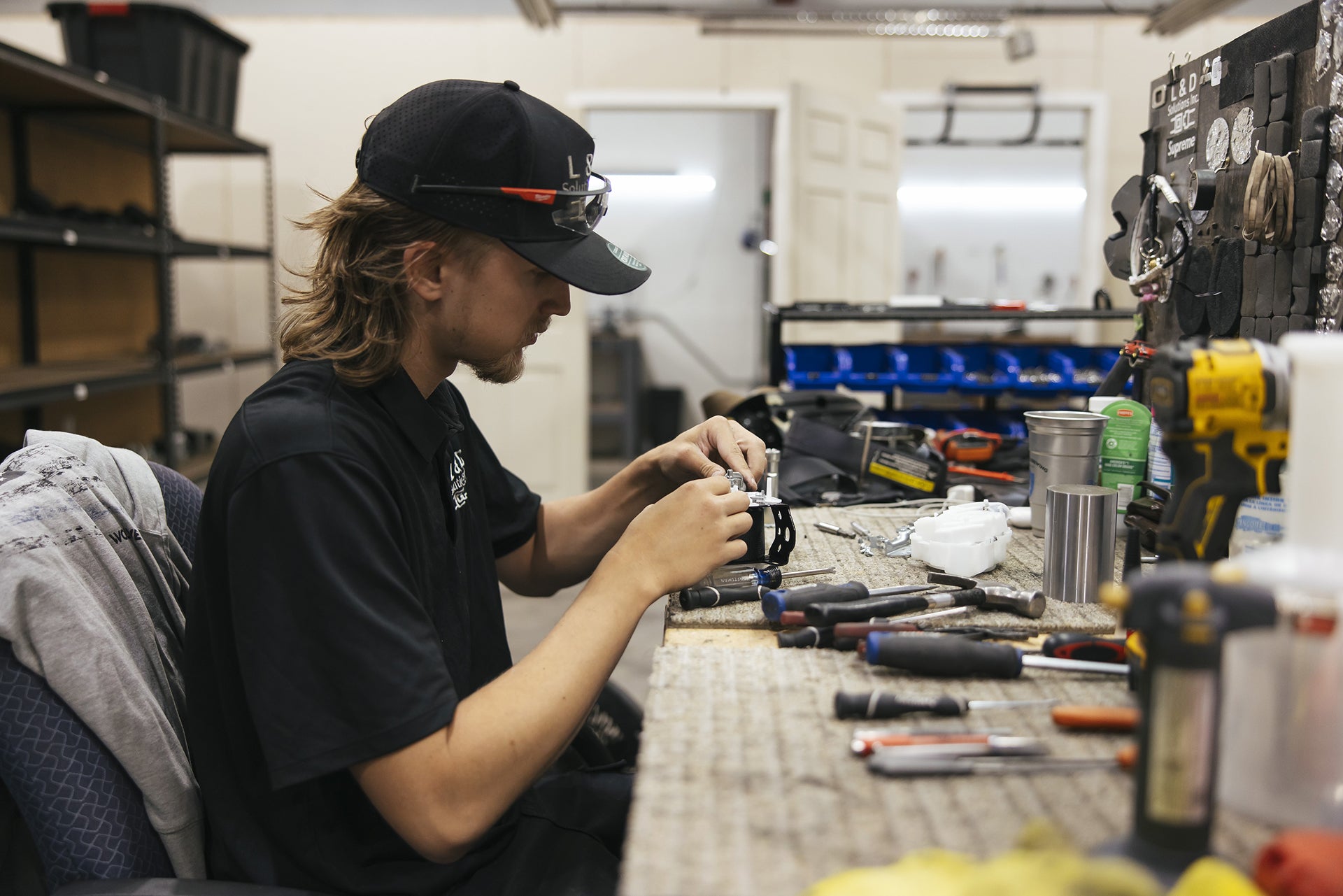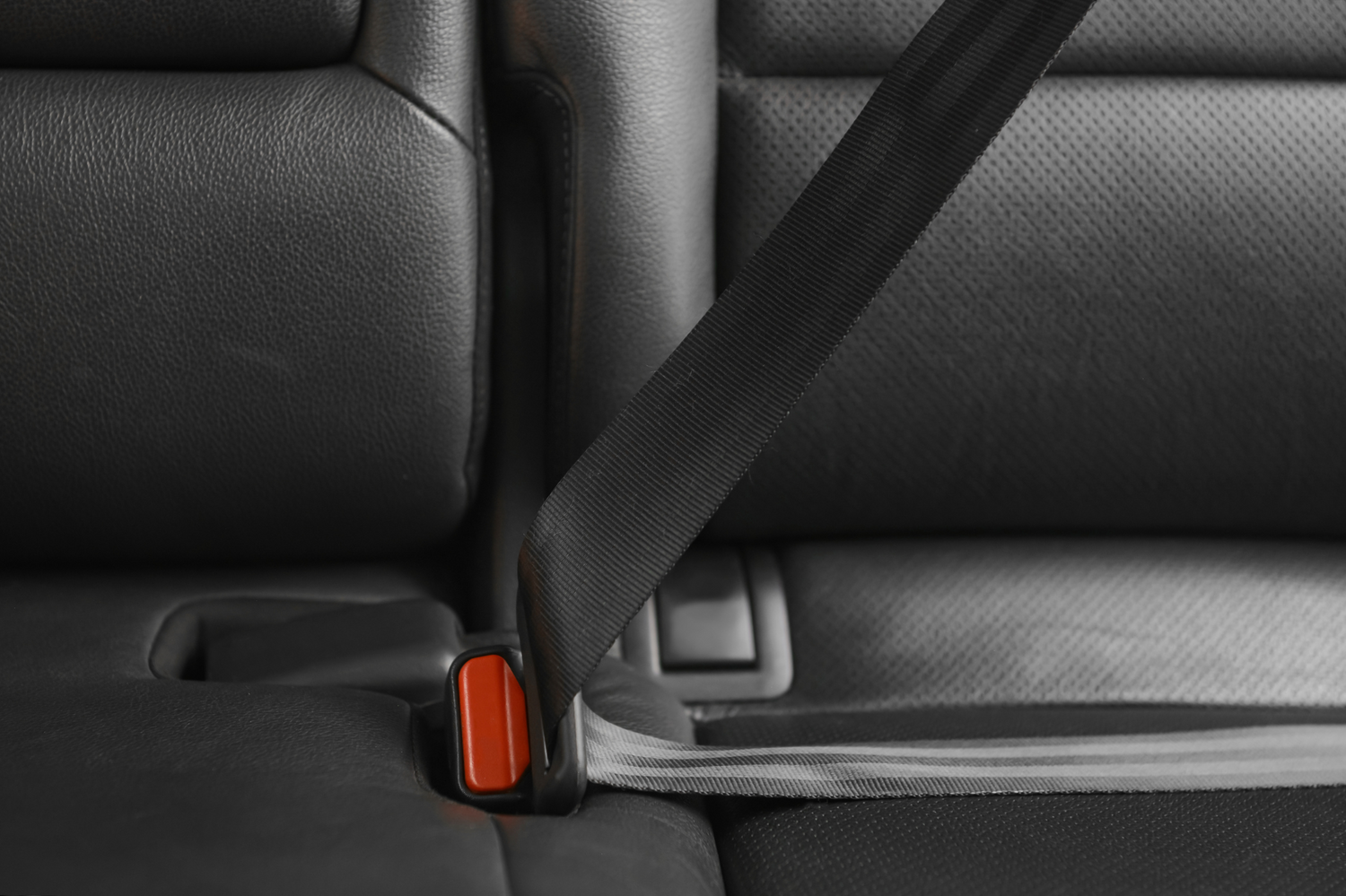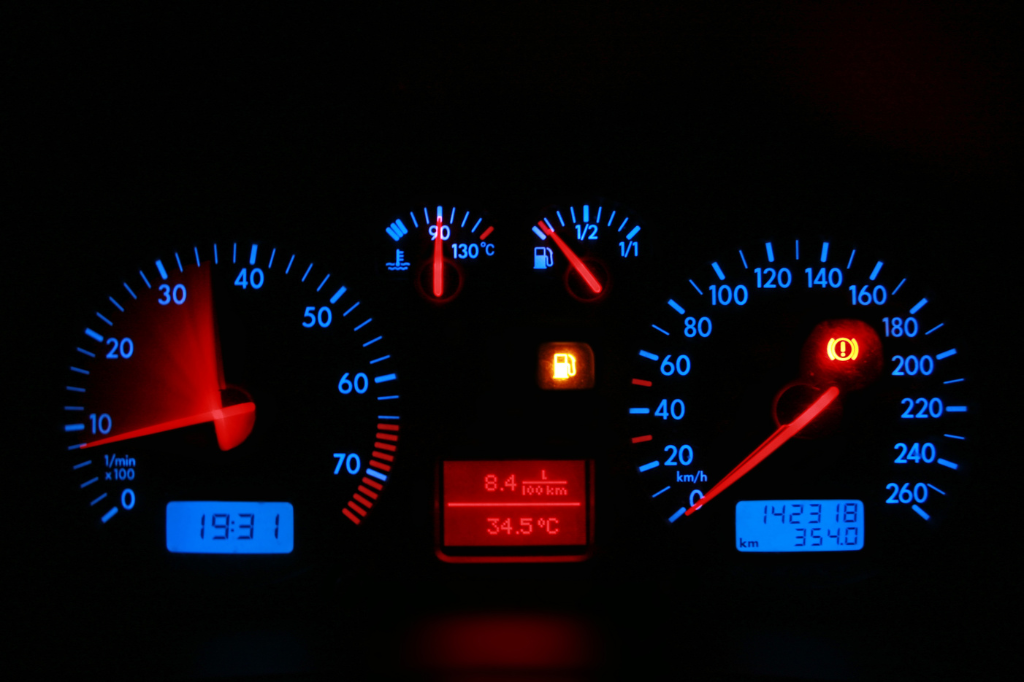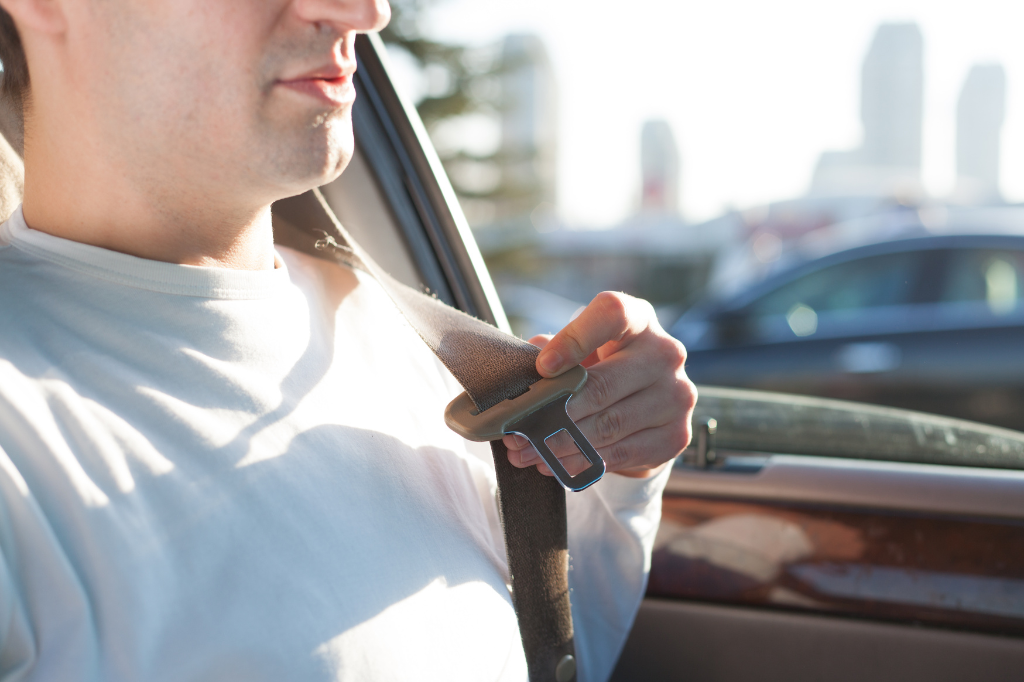Ensuring Your Seat Belts Are Up to the Test: Safety Checks to Perform
Buckle UpBut Are You Sure Its Working?
We dont usually give our seat belts much thoughtuntil we need them. You slide into your car, pull the strap across your body, and hear that little click. Its reassuring, right? That sound is your first line of defense in an accident. But have you ever wondered if your seat belt is actually ready to do its job?
Like any other safety feature in your vehicle, seat belts can wear out over time. A frayed strap, a sluggish retractor, or a buckle that doesnt click properly could mean the difference between walking away from a crash or suffering serious injuries. So lets go over some quick, easy safety checks to make sure your seat belts are up to the task.
Quick & Easy Seat Belt Safety Check
You dont need to be a mechanic to check your seat belts. A few minutes of your time can make a big difference. Heres how:
1. Check the Webbing
Your seat belts strength comes from its tightly woven fabric. Over time, this material can weaken due to everyday use and exposure to sunlight.
- Run your hands along the belt Feel for fraying, cuts, or snags. Even small tears can weaken its ability to hold you in place.
- Look for fading or discoloration UV rays from the sun can break down the fibers, making them less effective.
- Check for stiffness or residue If the belt feels stiff or sticky, it could be contaminated with dirt, grease, or even spilled drinks, which can degrade the material.
If you spot any of these issues, consider replacing your seat belt.
2. Test the Buckle and Latch
The buckle is where everything comes togetherliterally. A properly working buckle should:
- Click firmly into place That click should be solid and secure.
- Stay locked Try pulling the belt forcefully after clicking it in. It should not release under tension.
- Release smoothly Press the button to unlock it. If it sticks or resists, it might be failing.
A faulty buckle isnt just inconvenientits dangerous. If yours doesnt work perfectly, get it checked right away.
3. Test the Retractor
The retractor keeps your seat belt snug and locks it in place during sudden stops.
- Pull the belt out slowly and fully It should extend without hesitation.
- Let it retract The belt should smoothly roll back. If it sticks or retracts too slowly, there may be internal damage.
- Give it a sharp tug This simulates what happens in a sudden stop. The belt should lock immediately.
If the retractor isnt working properly, its best to have it replaced.
4. Inspect the Anchor Points
Seat belts are attached to your cars frame at secure anchor points. Check these areas for:
- Loose bolts or screws Everything should be tight and secure.
- Rust or corrosion Over time, rust can weaken these vital points, making them less reliable.
A weak anchor point can render your seat belt useless in a crash, so dont overlook this step.
5. Make Sure It Fits Correctly
Even a fully functional seat belt wont protect you if its not worn correctly.
- Lap belt position It should sit low across your hips, not over your stomach.
- Shoulder strap placement It should cross your chest and rest on your collarbone, not your neck.
- No twists or knots A twisted belt can reduce its effectiveness and cause additional injuries in an accident.
Adjust your seat belt as needed to ensure a proper, comfortable fit.
When to Get a Professional Inspection
If your seat belt fails any of these tests, dont ignore it. Some issues can be fixed with a little cleaning or adjusting, but others require professional help. Take your vehicle to a trusted mechanic if you notice:
- A buckle that wont latch or unlatches unexpectedly.
- A seat belt that wont retract or locks up randomly.
- Webbing that is frayed, cut, or severely worn.
- Any seat belt damage following an accident.
Your safety is worth it.
The Bottom Line: Dont Take Seat Belts for Granted
Your seat belt is your best defense in a crashbut only if its working properly. Taking a few minutes to check it regularly is a small effort that can have a huge impact on your safety.
Next time you hop into your car, dont just buckle upmake sure your seat belt is actually up to the test. A little attention now could make all the difference when it matters most.




Leave a comment
This site is protected by hCaptcha and the hCaptcha Privacy Policy and Terms of Service apply.